The Biggest Constraint On E-Scooter & E-Bike Growth?
December 7th, 2020 by Cynthia Shahan
As part of our increased coverage of electric scooters and bikes (“micromobility” or MM), we’re running a three-part deep dive into the main barrier to MM’s growth: Winning and keeping the permission of city officials to operate, known also as community engagement.
That coverage will be anchored by the first in-depth analysis of how MM companies pursue community engagement in the US, which has perhaps the world’s most complex national market. The US has a federal government system, with each state — and many cities within each state — having considerable latitude to set their own policies.
This analysis was conducted by the clean economy marketing and public affairs firm, Tigercomm. (Full disclosure: Tigercomm’s founder, Mike Casey, is an advisor to CleanTechnica.) It is based on a series of interviews with top executives at the biggest MM companies, as well as an analysis of a year’s worth of digital content from MM companies.
The analysis found that the biggest threat to MM’s growth was not marketing, because getting people to ride the scooters is easy. Riders of many ages find them to be a fun, convenient, and inexpensive option compared to wading through traffic in a car or walking the “last mile” to their destination.
It’s gaining and keeping the license to operate that has been the main constraint, MM executives say.
The most notable concern from city officials is rider carelessness, both through reckless riding and leaving scooters on sidewalks, thus creating hazards for pedestrians, particularly the elderly and those with disabilities. However, the analysis found that the biggest threat to the permission to operate is from the explosion of serious accidents — even deaths — stemming from what Tigercomm calls the “Micromobility Drag Coefficient.”
Consumers’ desire for individualized transit options is clashing with the reality that there is limited space to exercise those options. As one Los Angeles emergency room doctor told the AP, “I don’t think our roads are ready for this.”
It’s a situation made worse by the prevalence of helmetless riding. Tigercomm’s analysis features several photos of unsafe riding pulled from the promotional content of the scooter companies themselves.
The result has been a wave of bans and restrictions in important urban markets across the country:
Some are now asking why the problem was not foreseen and preemptively addressed. The analysis asserts the problem is that many MM companies were founded in the California tech ethos of “go fast and break things.” Some scooter companies’ property was impounded in several cities in which scooters appeared, with little dialogue with public officials, an approach that reminded them of Uber’s early approach to markets of “seeking forgiveness, not permission.” It’s what one MM executive called “the Uber hangover.”
Regardless, the priority placed on rapid growth has, Tigercomm’s analysis asserted, put MM companies unknowingly on the same path toward market constraints that other locally regulated clean economy sectors took. The costs to those sectors were often large, even fatal. Whole cities closed, projects were killed, companies were driven out of business.
Tigercomm has captured this pattern in what it calls the “Clean Economy Mistake Path.”
At the heart of the problem, Tigercomm says, is that companies installing solar on people’s homes, providing PACE financing for energy efficiency improvements, or enabling homeowners to list their homes with Airbnb all shared a common misstep. They did not account for local regulatory exposure by building solutions into their business plans right from the start.
“We’ve met plenty of founders who launched their companies to solve people’s problems. We’ve never met any who started their company to please politicians,” Casey told CleanTechnica.
Coming soon: Although the companies have now been trying to persuade city officials, they have done little to harness rider support.
Appreciate CleanTechnica’s originality? Consider becoming a CleanTechnica member, supporter, or ambassador — or a patron on Patreon.
Sign up for our free daily newsletter or weekly newsletter to never miss a story.
Have a tip for CleanTechnica, want to advertise, or want to suggest a guest for our CleanTech Talk podcast? Contact us here.








 User Center
User Center My Training Class
My Training Class Feedback
Feedback


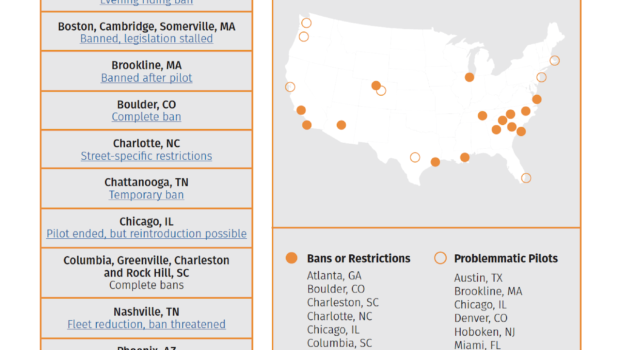
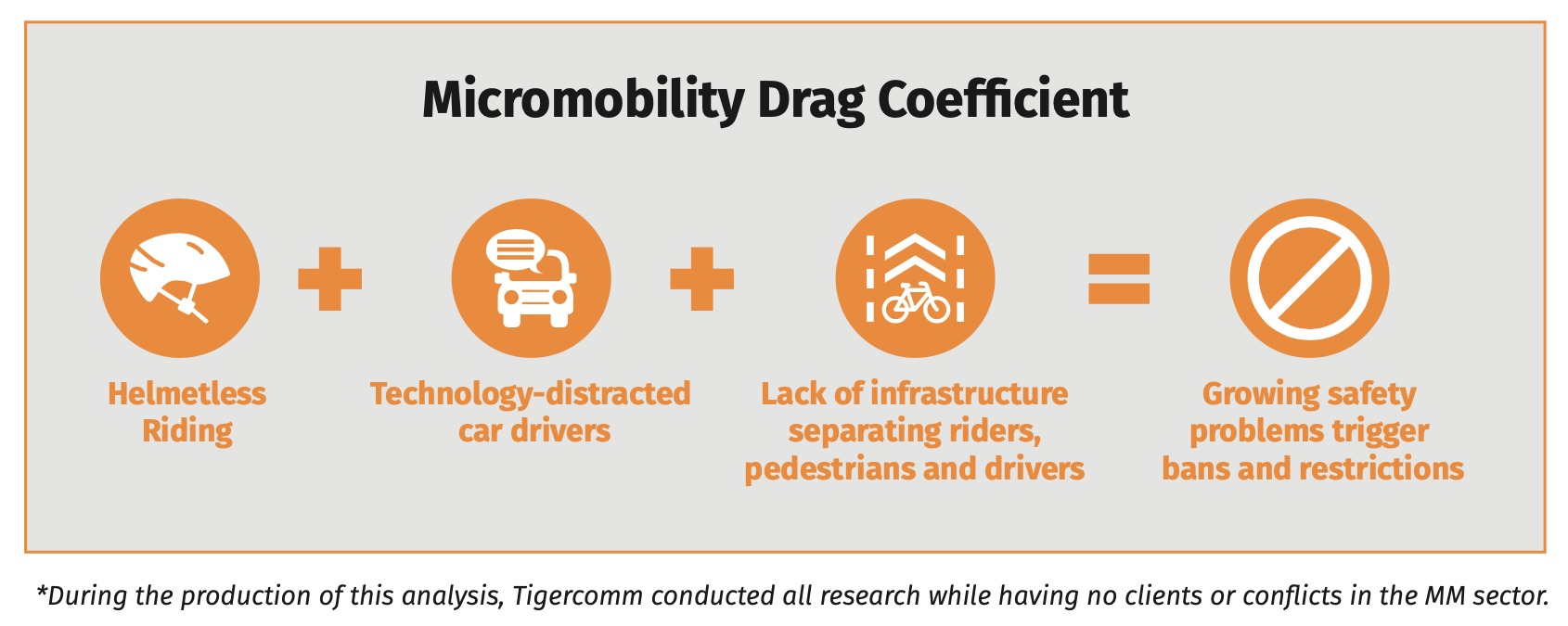
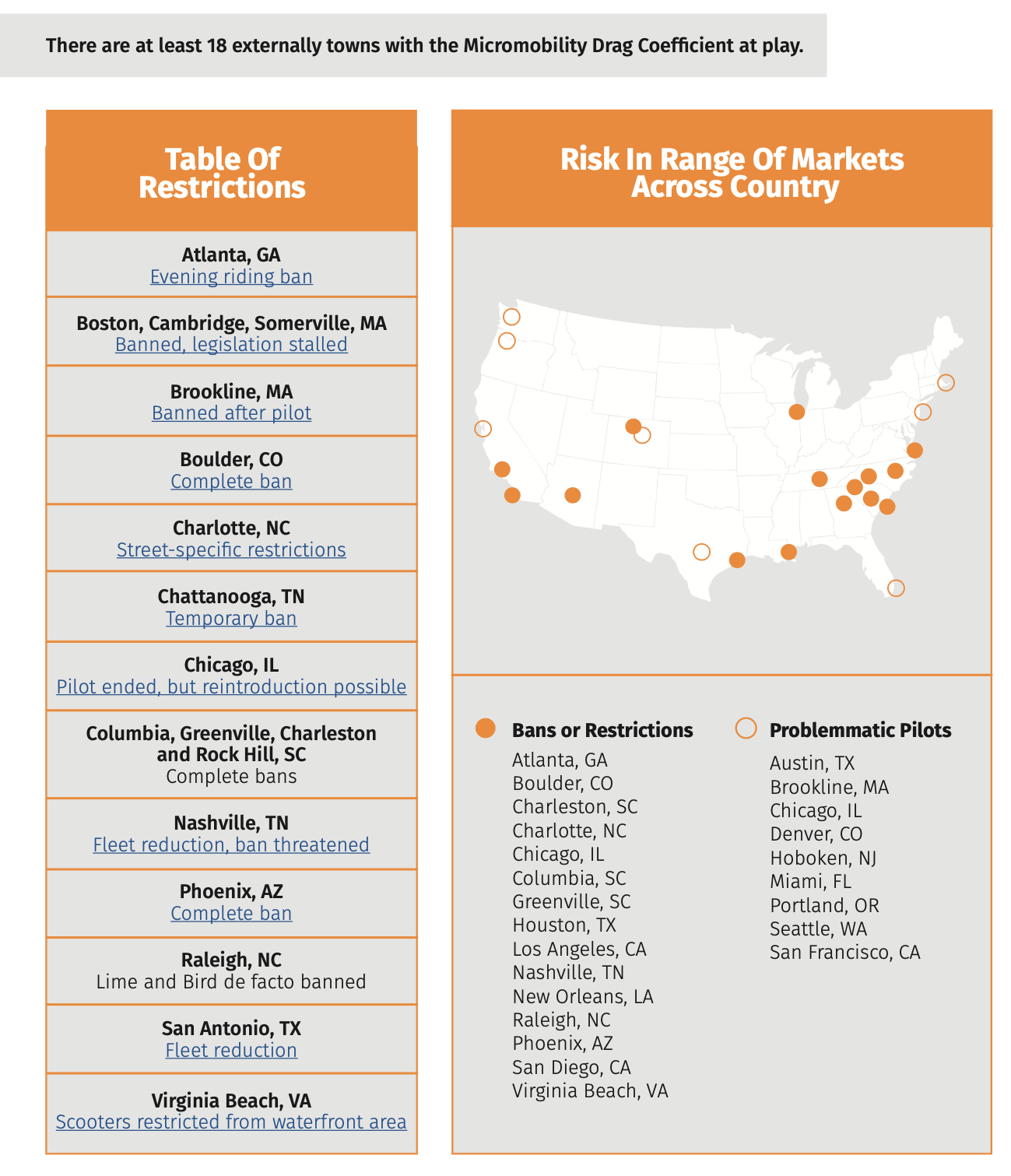
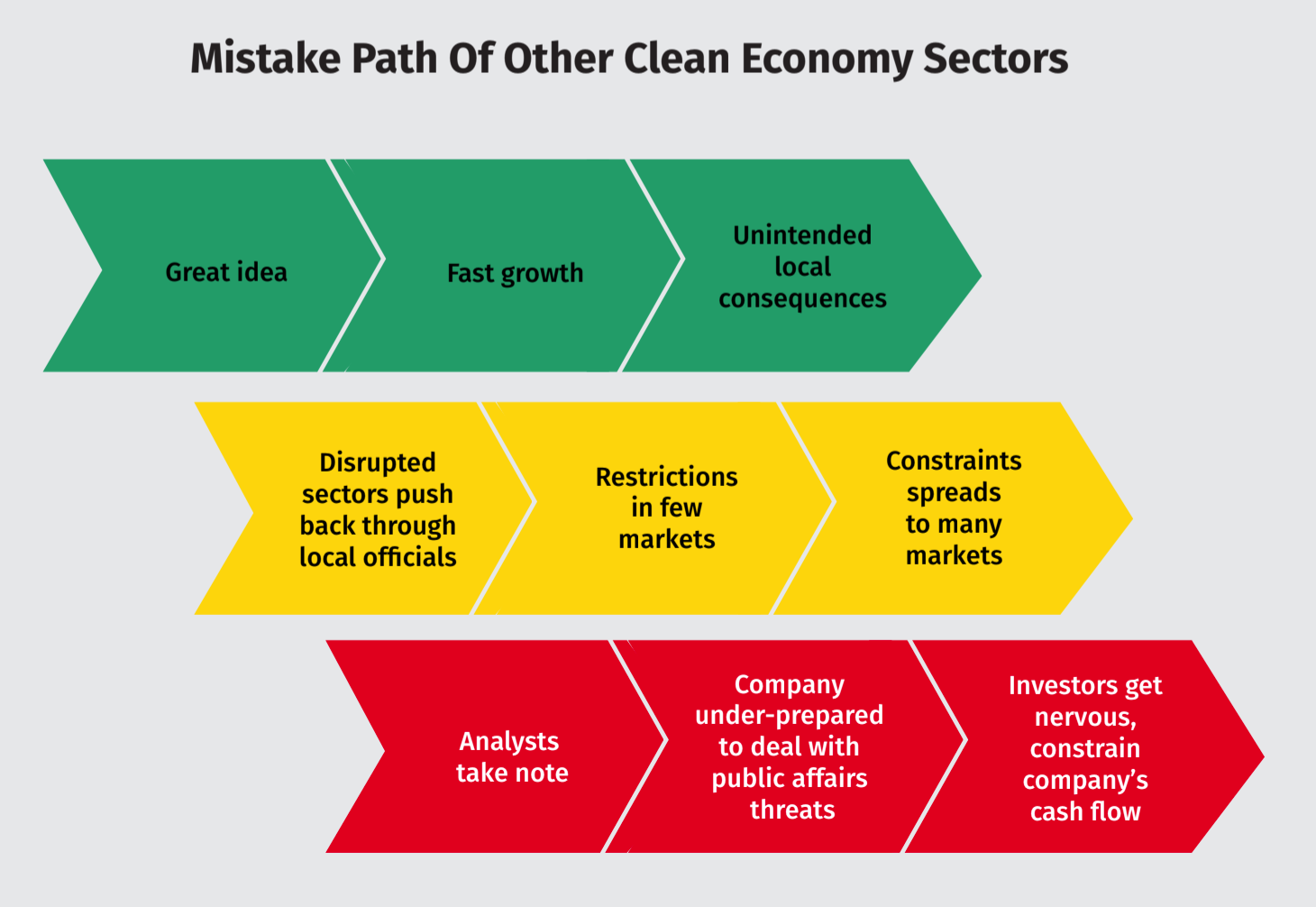
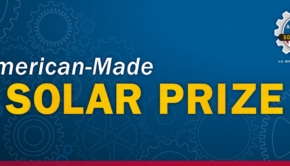
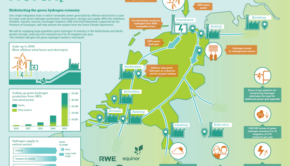

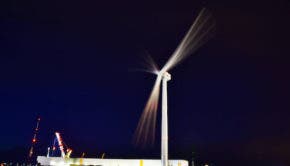










Comments
Something to say?
Log in or Sign up for free